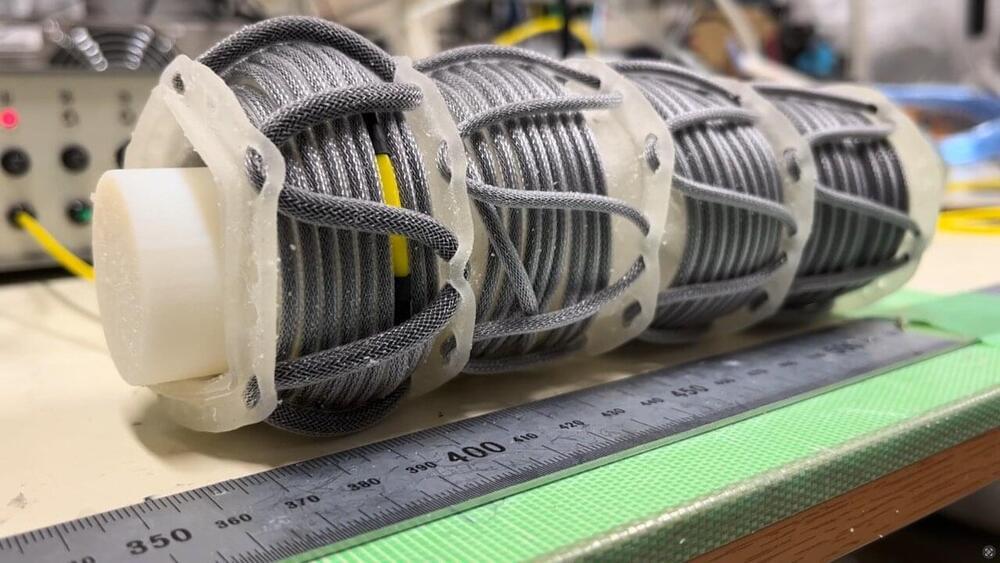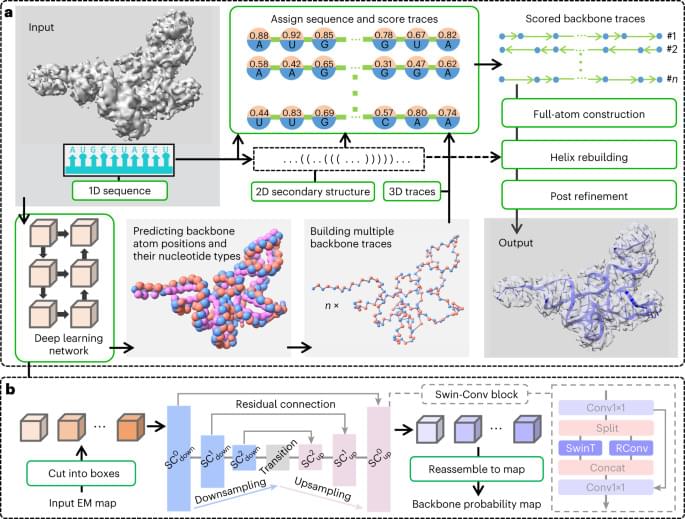Soft robots inspired by animals can help to tackle real-world problems in efficient and innovative ways. Roboticists have been working to continuously broaden and improve these robots’ capabilities, as this could open new avenues for the automation of tasks in various settings.
Researchers at Nagoya University and Tokyo Institute of Technology recently introduced a soft robot inspired by inchworms that can carry loads of more than 100 g at a speed of approximately 9 mm per second. This robot, introduced in Biomimetic Intelligence and Robotics, could be used to transport objects and place them in precise locations.
“Previous research in the field provided foundational insights but also highlighted limitations, such as the slow transportation speeds and low load capacities of inchworm-inspired robots,” Yanhong Peng told Tech Xplore. “For example, existing models demonstrated capabilities for transporting objects at speeds significantly lower than the 8.54 mm/s achieved in this study, with limited ability to handle loads above 40 grams.”








